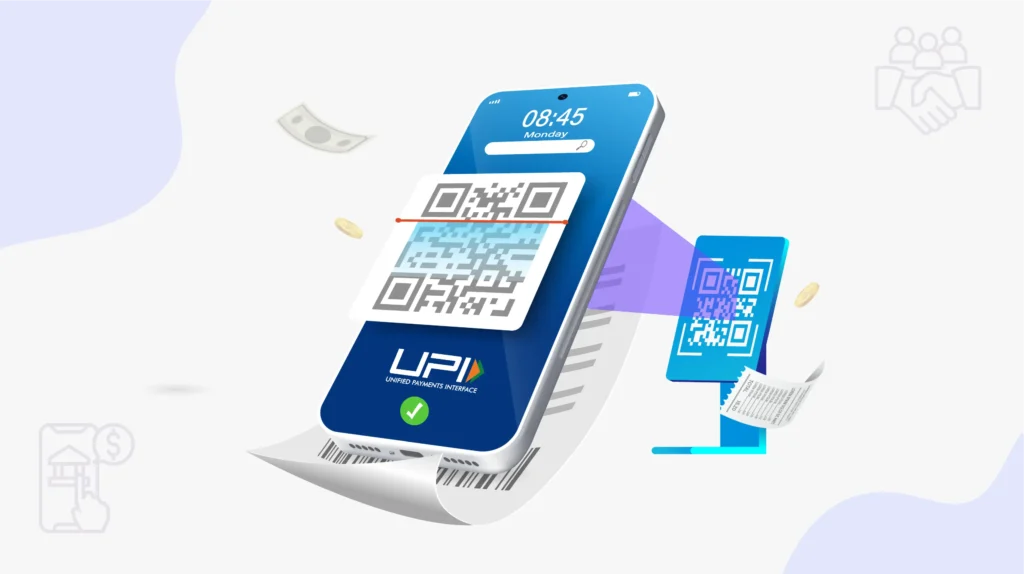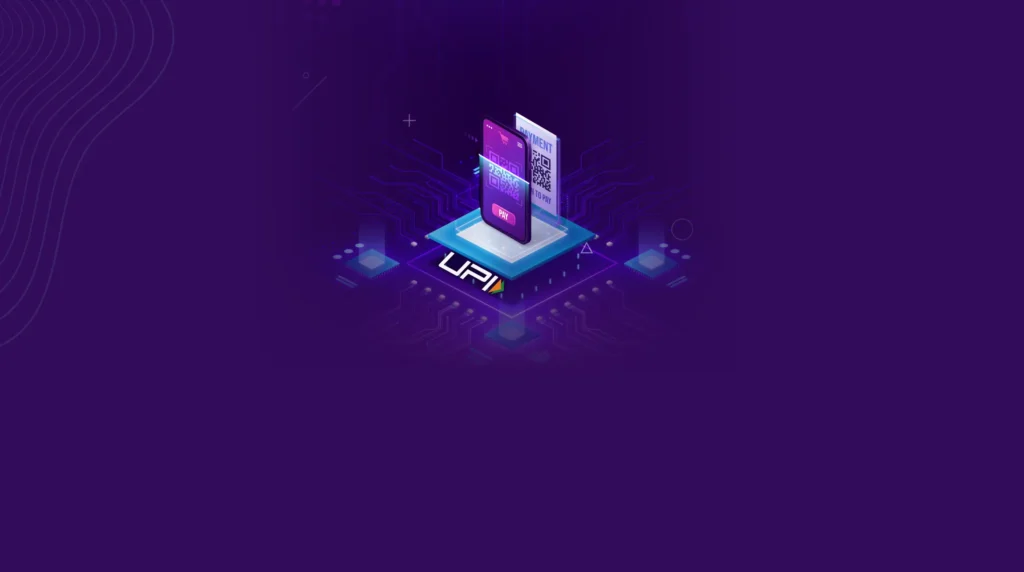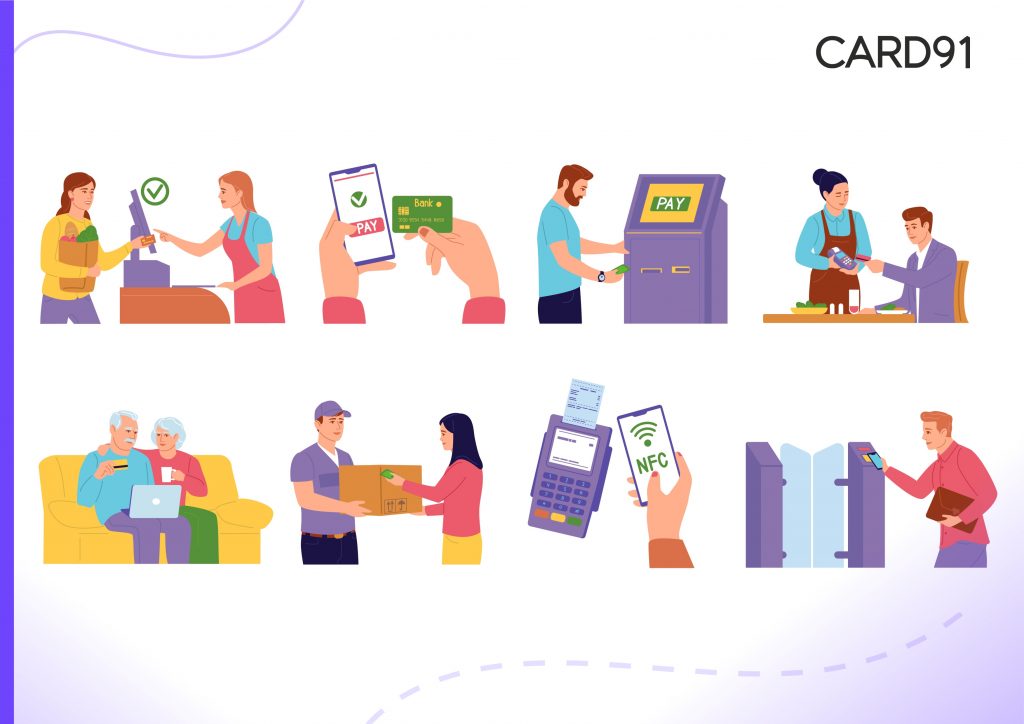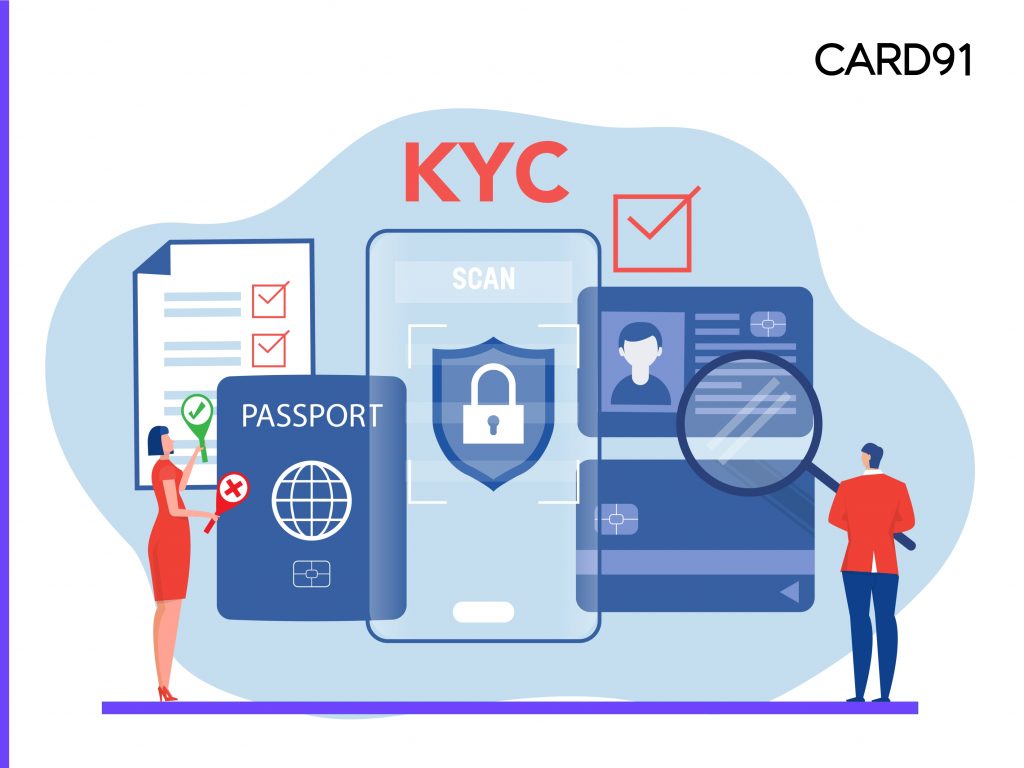Credit Line on UPI: A New Opportunity for Issuer Banks

Home / Blogs Table of contents What is Credit Line on UPI? Key Features Benefits for Banks Challenges for Banks Strategic Importance for Issuer Banks Conclusion Subscribe to newsletter Subscribe to receive the latest blog posts to your inbox every week. By subscribing you agree to with our Privacy Policy. The Unified Payments Interface (UPI) […]
The Future of Credit Card Transactions in India: Embracing the Contactless Revolution

Home / Blogs Table of contents The Benefits of Contactless Payments The Future Outlook Conclusion Subscribe to newsletter Subscribe to receive the latest blog posts to your inbox every week. By subscribing you agree to with our Privacy Policy. As India advances in its digital transformation journey, the payments landscape is rapidly evolving. Over the […]

Tips for using Forex cards effectively for your overseas trip Forex card is a type of prepaid card that can be loaded with foreign currency for use while travelling abroad. It is also known as travel cards as they are invaluable companions that help in simplifying and lightening your travel experiences. It is widely accepted […]
The Evolution of Prepaid Cards: Empowering Financial Inclusion and Digital Transactions in India and Beyond

Introduction: Prepaid cards have experienced a remarkable transformation over the past few decades, emerging as a powerful tool in the financial landscape. Originally introduced as a convenient means for gifting and travel, these cards have evolved with advancements in technology to meet the changing consumer needs. Prepaid Cards in India: In India, prepaid cards have […]
Digital Payments: Revolutionising India’s Financial Landscape

India has experienced a remarkable evolution in its digital payment landscape in recent years. The swift proliferation of smartphones, internet connectivity, and government initiatives such as Digital India, Unified Payments Interface (UPI) NEFT/IMPS, Prepaid Cards/Wallets/Contactless Payments, e-RUPI, CBDC, AEPS, Open Banking/API Integration has significantly contributed to the expansion of digital payment methods throughout the nation. […]
How to drive seamless customer onboarding using a Partner for DigiLocker KYC

DigiLocker is a Ministry of Electronics and Information Technology (MeitY) flagship initiative launched as part of the Digital India Programme. DigiLocker is a secure document repository created for the use of Indian citizens and businesses to store and retrieve important identifying documents easily. It also assists in maintaining a secure digital record of the […]



